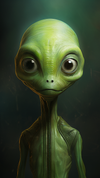From Space Patrol to Creature from the Black Lagoon – 3D’s Big Moment
The first 3D television broadcast brought "Space Patrol" to life in 1953, inspiring a wave of classic science fiction films that used three dimensions to thrill and amaze audiences.
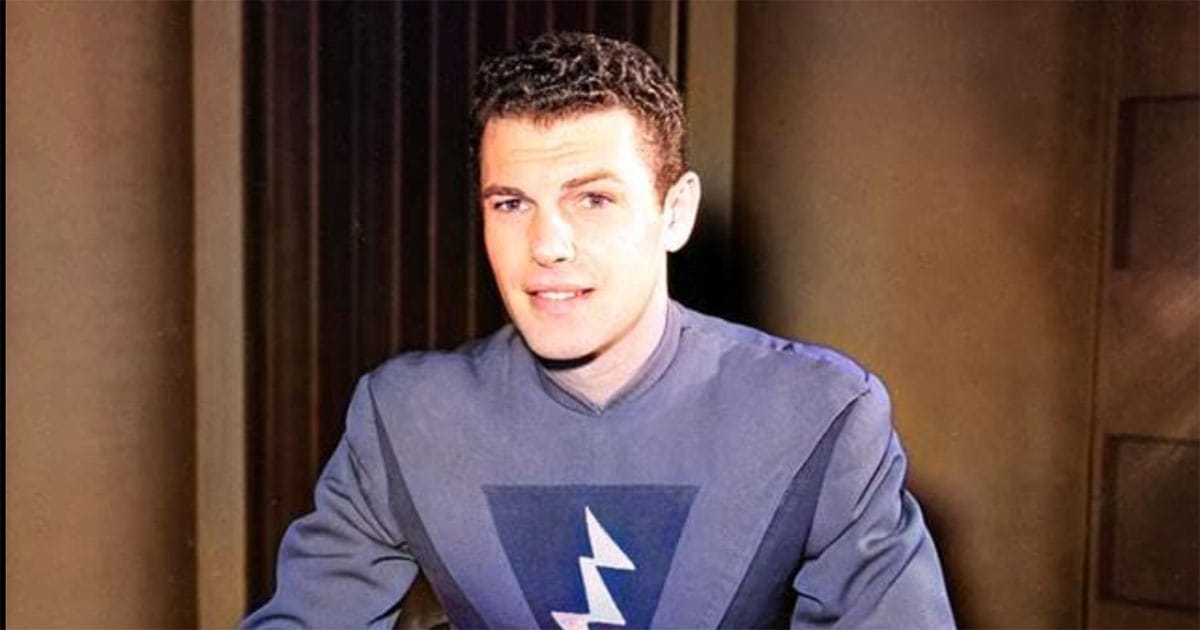
This Week in Classic Science Fiction — Space Patrol Goes 3D
On April 29, 1953, the future flickered into focus—twice. That night, Los Angeles ABC affiliate KECA-TV aired the first experimental 3D television broadcast in the United States.
The program was "Space Patrol," a live-action series about Commander Buzz Corry and his crew in the 30th century. For one brief moment, their adventures jumped off the screen—literally.
This special 3D segment was broadcast to the Biltmore Hotel in downtown L.A., where press and industry insiders wore polarized glasses and marveled at the effect. It wasn't just a gimmick. It was a technical achievement. Engineers used a dual-camera rig to capture two perspectives, simulating human vision. Specialized receivers and a spinning polarization filter translated the footage to 3D.
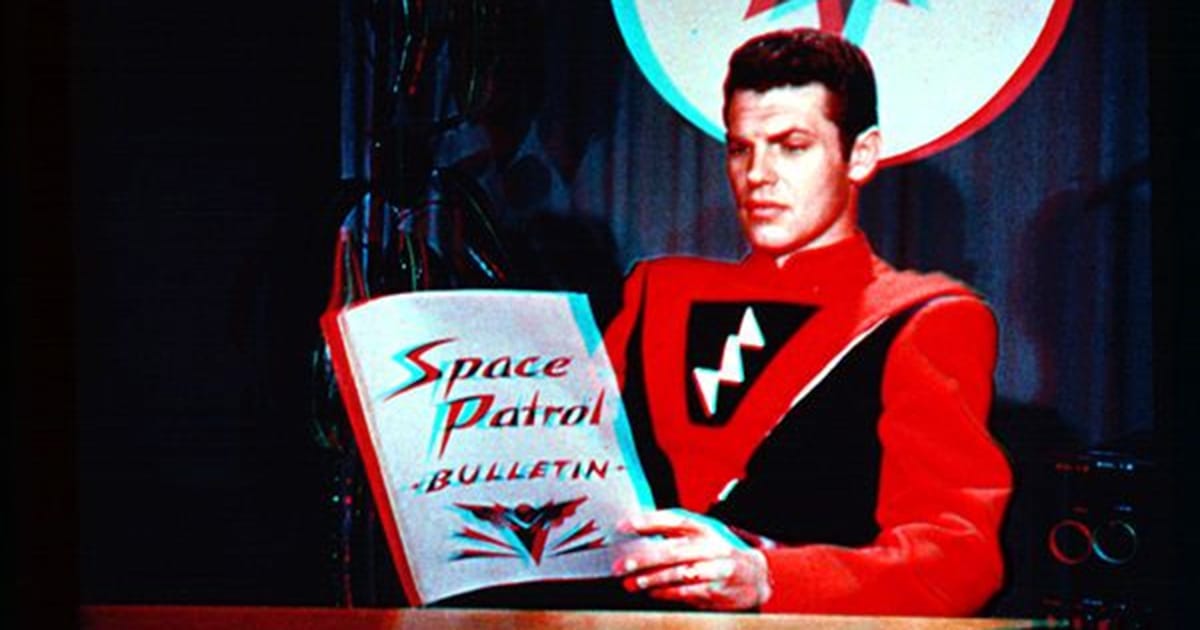
Viewers at home weren't so lucky. Without the glasses and hardware, they saw double images and blurry motion. But that didn't matter. The broadcast proved that three-dimensional television could work. And "Space Patrol," already a fan favorite among young viewers, made history by boldly broadcasting where no sci-fi show had gone before.
Sponsored By the Mars Rocks Tee
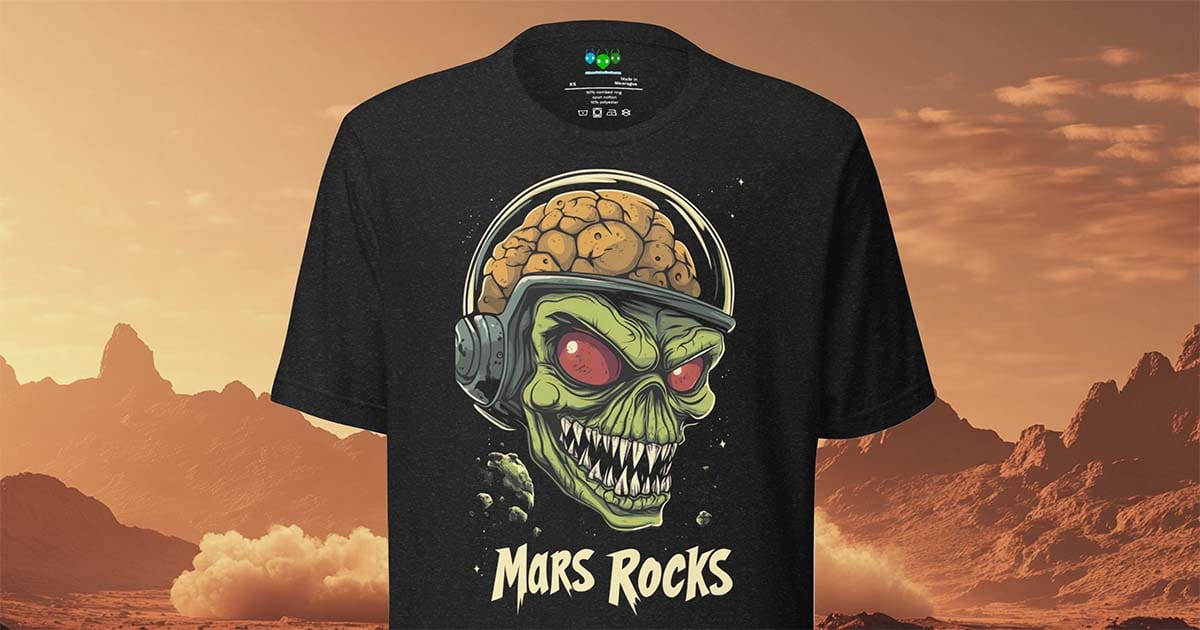
Rock the Red Planet in Style
Captain Lucy Pennington thought she'd seen it all—until she encountered Groky, the neon-green Martian with a brain-filled helmet and a passion for interplanetary rock music.
Now, you can join the cosmic concert with the "Mars Rocks" T-shirt. Featuring a vibrant design inspired by this out-of-this-world encounter, it's perfect for fans of classic science fiction and space-age adventures. Crafted from soft, lightweight fabric, this tee ensures comfort whether you're jamming on Mars or lounging on Earth.
Seven Classic 3D Science Fiction Movies That Tried to Leap Off the Screen
Over the years, science fiction filmmakers have embraced 3D as both gimmick and art.
Some succeeded. Some flopped. All of them pushed the format in interesting ways. Here are seven classic 3D science fiction films that helped shape how we see the future.
"It Came from Outer Space" (1953)
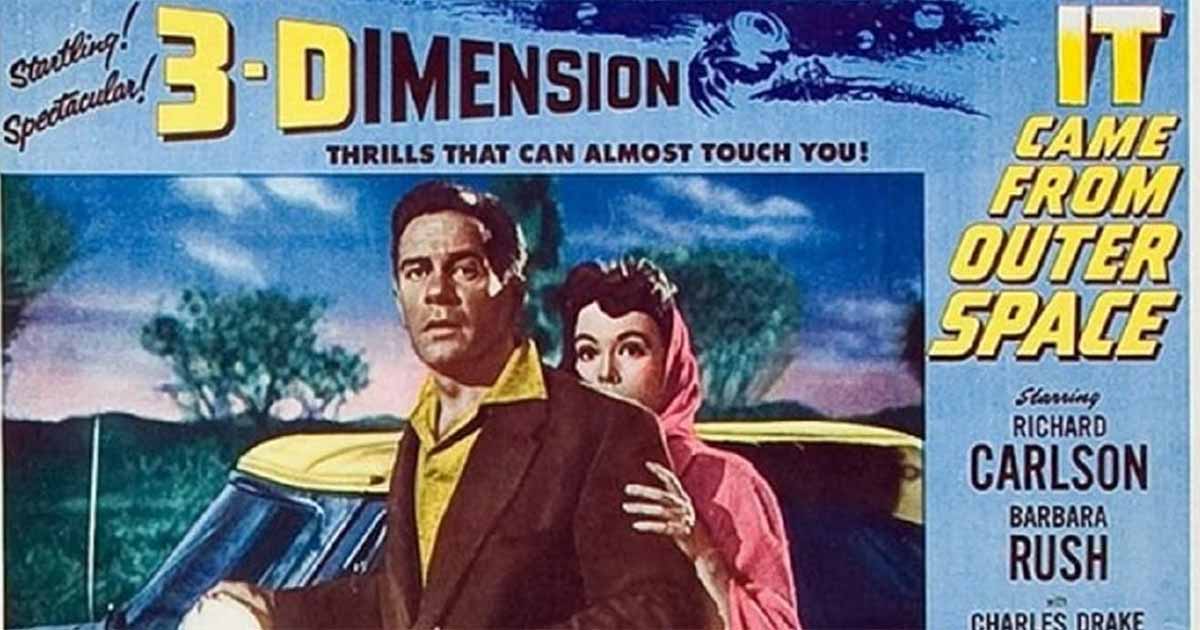
Universal Pictures released "It Came from Outer Space" just weeks after the "Space Patrol" broadcast. The film follows amateur astronomer John Putnam, who discovers a crashed alien spacecraft in the Arizona desert. As neighbors begin acting strangely, Putnam suspects an invasion is underway.
The story is straightforward and written from a treatment by Ray Bradbury. But the 3D presentation set it apart. Instead of using the effect to throw things at the screen, director Jack Arnold focused on atmosphere. Wind-blown desert sands, eerie night skies, and off-kilter camera angles created a sense of isolation and paranoia that complemented the film's themes. "It Came from Outer Space" showed that 3D could serve the story—not just be a spectacle.
"Robot Monster" (1953)
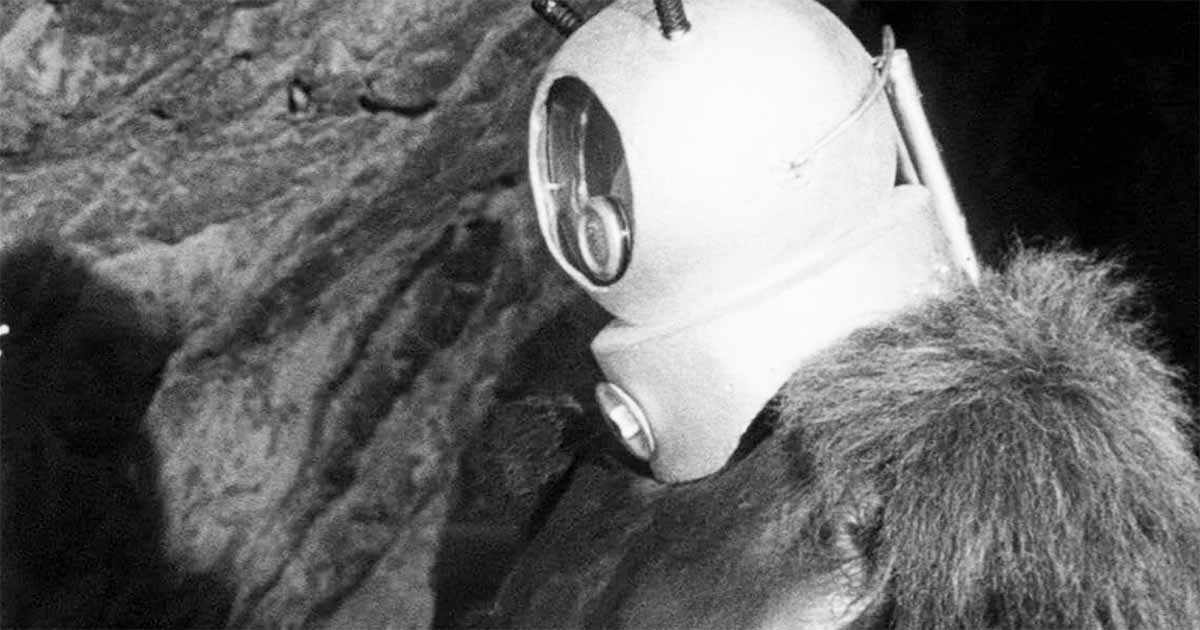
Then again, sometimes spectacle is the whole point. "Robot Monster" is infamous for its villain, Ro-Man—an alien conqueror who looks like a man in a gorilla suit wearing a diving helmet. The story, such as it is, follows the last surviving humans after Earth is devastated by the "calcinator death ray."
Shot in Bronson Canyon over a rushed four-day schedule, the film's 3D sequences are more surreal than immersive. Bubbles float through the air. Children run from Ro-Man's lumbering pursuit. It's absurd. But even that absurdity holds nostalgic appeal. Many a kid saw this movie on a black-and-white set during a Saturday matinee and never forgot it. For all its flaws, "Robot Monster" helped turn bad sci-fi into a beloved subgenre.
"Creature from the Black Lagoon" (1954)
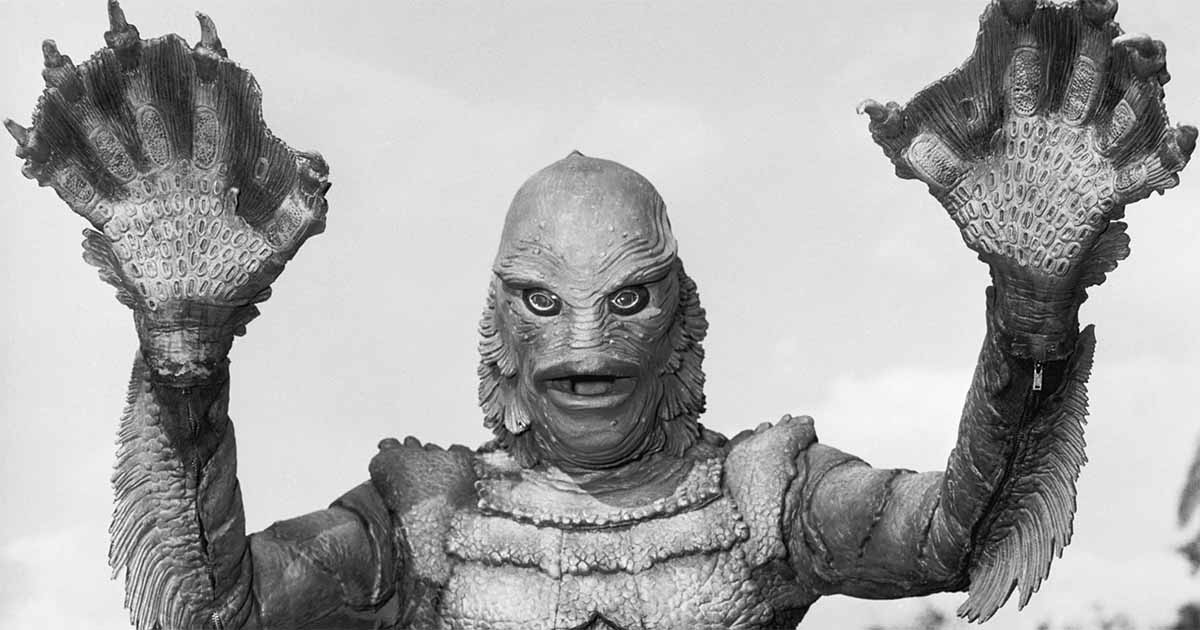
If one film elevated 1950s 3D science fiction to true artistry, it was "Creature from the Black Lagoon." A scientific expedition into the Amazon uncovers a prehistoric amphibian—the Gill-man—who becomes both a threat and a symbol of the unknown.
The underwater scenes, filmed with custom dual-camera rigs, are why the movie is still shown in revival screenings. The creature swimming just beneath a flailing diver, his claws reaching out toward the camera—it's still unnerving. The stereoscopic technique wasn't just flashy; it deepened the viewer's experience. "Creature from the Black Lagoon" remains one of the best uses of 3D in classic cinema.
"Metalstorm: The Destruction of Jared-Syn" (1983)
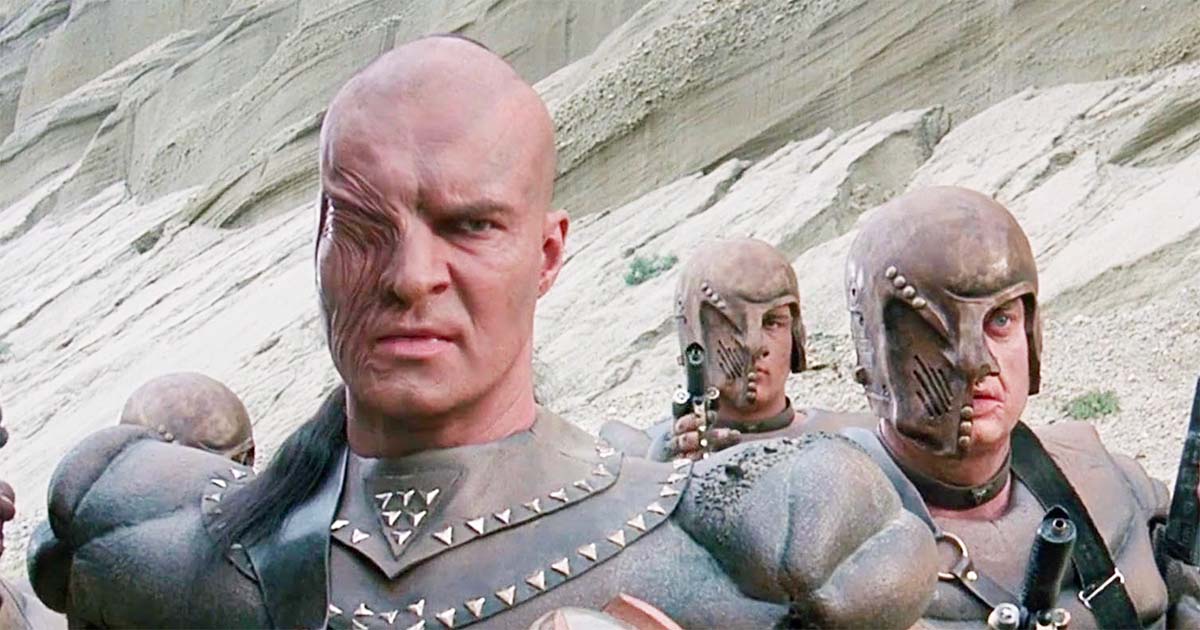
In the early 1980s, 3D made a brief comeback, driven in part by a nostalgia for gimmicks and a hunger for post-Star Wars science fiction. "Metalstorm" was one of the most enthusiastic entries. Directed by Charles Band, the film tells the story of Dogen, a space ranger who hunts a tyrant named Jared-Syn across a desolate planet.
The film plays like a pulp novel come to life—flying motorcycles, laser duels, glowing crystals, and dusty wastelands. The 3D effects are relentless. Watching it today feels like being back in a sticky-floored theater with a cardboard set of red-and-blue glasses perched on your nose. It may not be great art, but it delivered on spectacle.
"Spacehunter: Adventures in the Forbidden Zone" (1983)
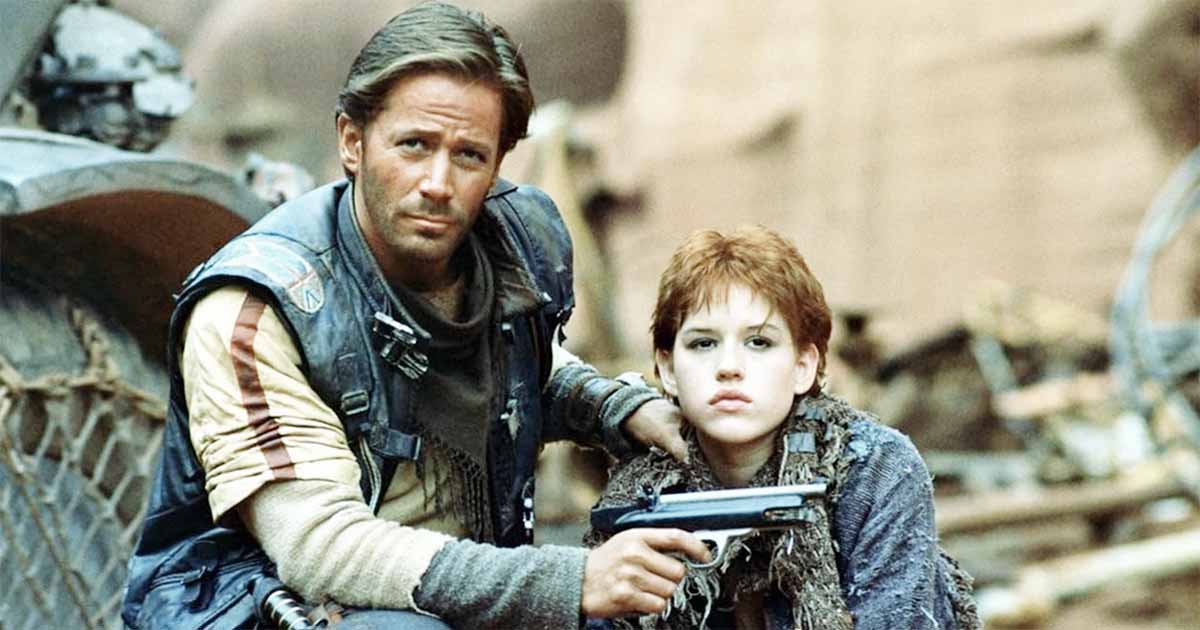
Released the same year as "Metalstorm," "Spacehunter" is more polished but just as committed to 3D effects. Peter Strauss plays Wolff, a rugged space pilot hired to rescue three women kidnapped on a plague-ridden planet. Molly Ringwald, in one of her earliest roles, co-stars as a scrappy survivor.
With expansive industrial sets and creative action sequences, "Spacehunter" used 3D to add depth to its environments rather than just throw debris at the audience. It even received a theatrical re-release in 2D, where it still held up reasonably well. While the story is simple, it captures the charm of Saturday-afternoon serials and delivers enough visual punch to justify its place on this list.
"Parasite" (1982)
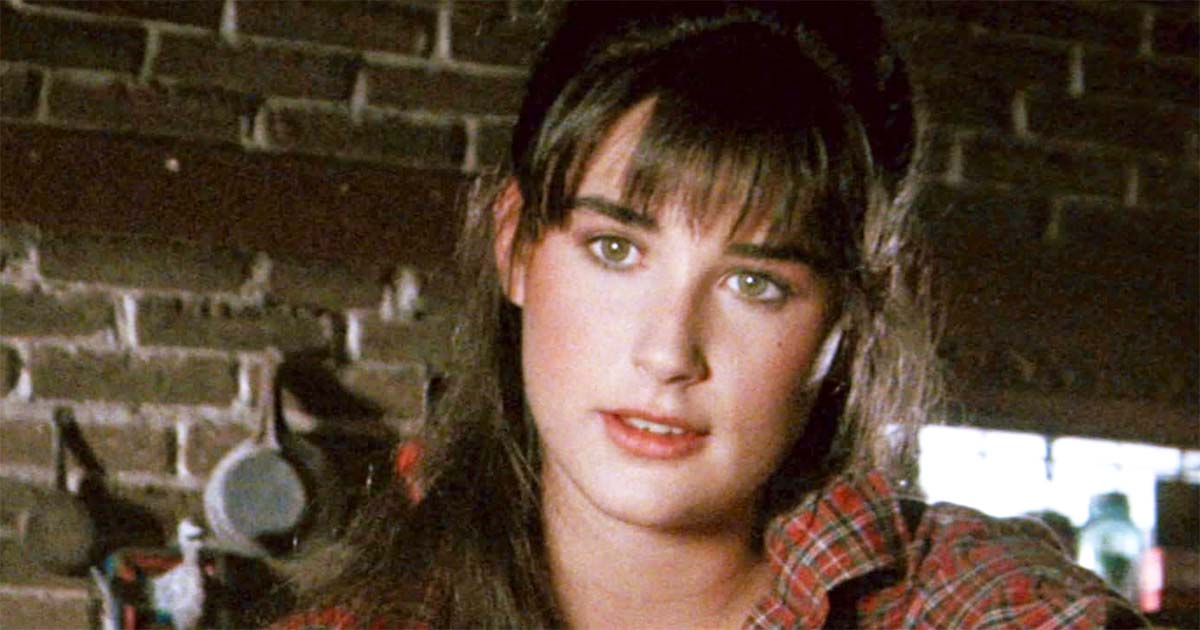
Charles Band strikes again—this time with a body-horror bent. "Parasite" takes place in a dystopian future where a scientist accidentally infects himself with a grotesque alien parasite. The 3D effects in this one are pure exploitation: spikes shoot toward the camera, creatures burst from torsos, and weapons jab right at your face.
The film starred a young Demi Moore in one of her first major roles, but it was the gooey, gory visuals that drew attention. Critics hated it. Drive-in audiences didn't care. "Parasite" leaned into 3D as a carnival trick and found an audience that wanted exactly that.
"Captain EO" (1986)
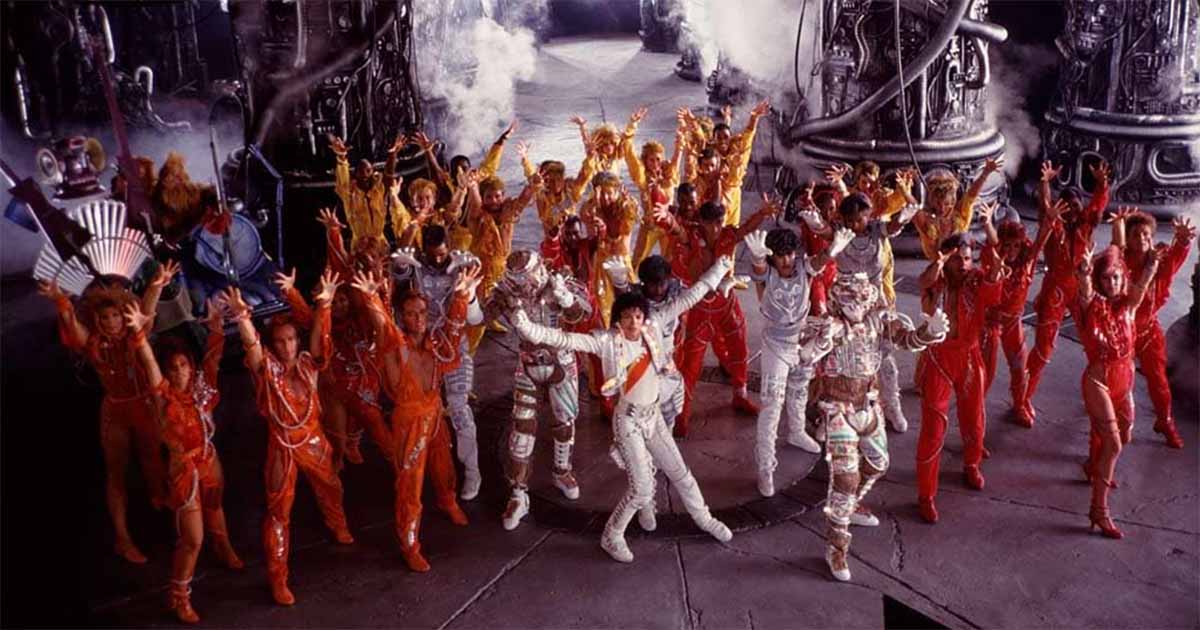
This one's a curveball. "Captain EO" was a 3D science fiction short film directed by Francis Ford Coppola, produced by George Lucas, and starring Michael Jackson. Made for Disney theme parks, it was an expensive, musical space adventure designed to be seen in 3D with full theatrical effects.
Though only 17 minutes long, "Captain EO" featured elaborate choreography, costuming, and visual effects that were cutting-edge at the time. The 3D enhanced the immersive quality of the in-theater experience, blending science fiction with music video spectacle. While not released theatrically, its influence on immersive cinema and theme park storytelling is undeniable.
The Takeaway
From aliens in the desert to monsters in the Amazon, from wastelands full of laser-blasters to intergalactic pop concerts, science fiction has always looked to 3D as a way to draw audiences into its wildest dreams. Sometimes the results were brilliant. Sometimes laughable. But always ambitious.
Each of these films, whether revered or reviled, reflects an era when filmmakers believed that science fiction could—and should—do more than sit flat on a screen. They wanted it to reach out and grab us. And for a few fleeting moments, it did.
3D Science Fiction Production Trivia
- The original 3D camera rig used for "Creature from the Black Lagoon" required two synchronized cameras mounted on a custom chassis—making underwater filming a nightmare.
- "Robot Monster" was filmed in only four days using a stereoscopic camera system, but due to budget constraints, much of the 3D effect was lost in projection.
- In the 1980s, many 3D sci-fi films used the over-under single-strip format to reduce costs. This led to image quality issues, particularly when theaters didn't use the correct lenses, resulting in fuzzy or ghosted images.

